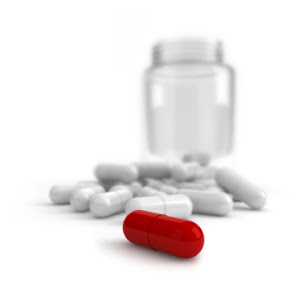To begin, take an initial reading of temperature from the person and then approximately 30 min later take another reading to confirm and/or compare the two.
Take readings from either the mouth or the armpit area.
A normal temperature can range from 36-36.8C (97.7-99.1ºF).
A temperature of 38C (100.4F), or above, is classed as a fever.
A temperature of 38C (100.4F), or above, is classed as a fever.
You can buy thermometers from your local pharmacy. Below are a few different types available.
- Mercury thermometers- now being phased out. Mercury is poisonous if swallowed, or if it comes into contact with the skin. Do not use on children.
- Digital thermometers -the reading will be about 0.5C lower than the body's core temp (add 0.5C to the reading to get a more accurate idea of the temperature). Place the thermometer under the tongue for approximately 2-3 minutes. If the person has just eaten something very cold, or hot, wait 10 minutes before taking a reading.
- Thermometer strips -placed on the forehead. Thermometer strips measure the temp of the skin (rather than your body core) and they are not entirely accurate.
- Ear thermometers - quick and easy to use, but expensive. Place this thermometer inside the ear gently to avoid injury, follow the directions provided from manufacturer.
If a thermometer is not available, the following signs and symptoms can be a good indication of a high temperature or fever.
- Skin feels hot to touch - place a hand on the forehead or other p[art of the body.
- Flushed skin - skin often becomes flushed (red) when you have a fever or high temp.
- Shivering - as temp goes up and down shivering and feeling very cold is common.
- Feeling hot and cold - alternating feelings of heat and cold are a sign of high temp.
For the best results and for safety, we recommend using a digital thermometer.
 Take the temperature readings from the mouth (hold under tongue for 2-3 min).
Take the temperature readings from the mouth (hold under tongue for 2-3 min).Take measurements often to better monitor the bodies temperature.








0 comments:
Post a Comment